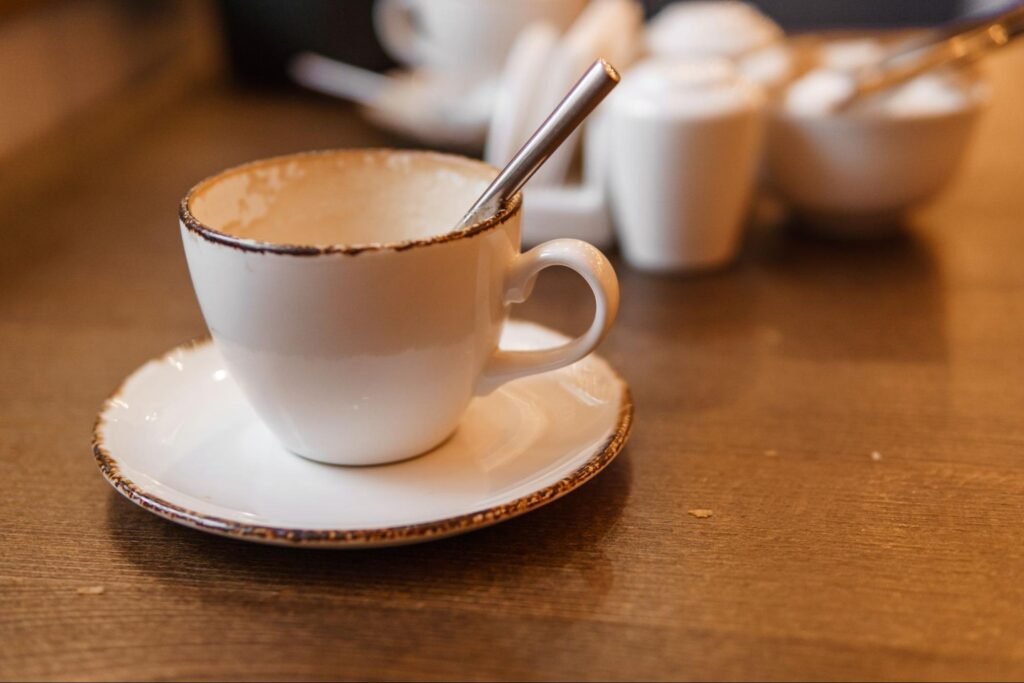
Artisanal Rituals for a Memorable Customer Experience
How can brands create a more balanced and memorable customer experience by blending artisanal product quality with thoughtful everyday rituals that keep people coming back?
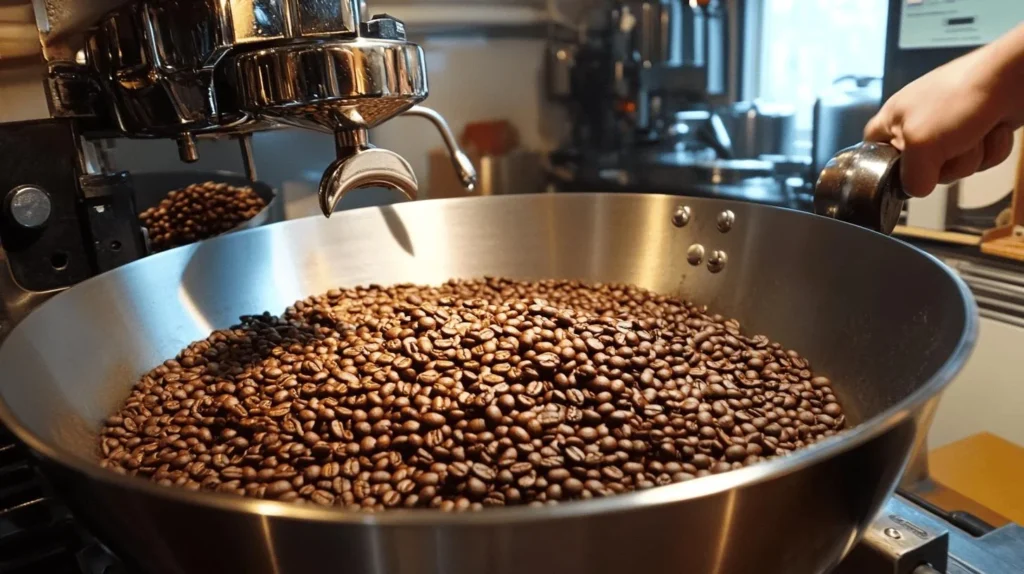
Coffee roasting process is an art and science that transforms green coffee beans into aromatic and flavorful delights. This process involves heating the beans to high temperatures, causing chemical changes that develop their rich aroma and taste. Key steps in the coffee roasting process include:
A well-roasted bean promises the perfect cup with balanced body, aroma, and flavor.
I’m Craig Keel. For years, I’ve been on a quest to understand and perfect the coffee roasting process. From childhood memories of my grandmother’s percolator to my ongoing journey, I’ve found the joy of quality beans and ideal roasting temperatures.

The journey from green coffee beans to a flavorful cup is a fascinating transformation. It starts with beans that are green, dense, and full of potential. These beans undergo a series of heat processes that bring out their best qualities.
Drying Stage: Initially, beans have to lose their moisture. This is the first step and involves heating the beans to about 180°C (356°F). It’s crucial because it sets the stage for everything that follows.
Browning Stage: As the temperature rises to around 160°C (320°F), the beans start to brown. This is where the Maillard reaction kicks in, a chemical change that develops complex flavors and aromas. Think of it as toasting bread – the browning adds depth and richness.
Development Stage: After the first crack, the beans enter the development stage. Here, the flavors deepen and become more pronounced. It’s a delicate balance to ensure the beans don’t roast too much, which can lead to bitterness.
Roasting coffee is both an art and a science. It requires precision, expertise, and a bit of intuition. An expert roaster knows that a split-second can make the difference between a perfect cup and a ruined batch.
Split-Second Timing: Timing is everything. Roasters must pay close attention to the sounds and smells, especially during the first and second cracks. These are critical moments where the beans’ characteristics are defined.
Chemical Changes: Throughout the process, the beans undergo numerous chemical changes. These changes are what transform a simple green bean into a rich, aromatic delight. Each stage of roasting affects the flavor, aroma, and body of the coffee.
Roasting is a skill honed over time. It’s about understanding the beans and knowing how to bring out their best. A great roast highlights the unique characteristics of the beans, whether they’re fruity, nutty, or chocolatey.

This meticulous process ensures that each cup of coffee is more than just a beverage – it’s an experience. As we dig deeper into roasting methods and types, each step in the roasting journey contributes to the final flavor profile.
Keep exploring to find the types of roasts and how they affect your coffee’s taste.
Roasting coffee beans is a journey through flavors, aromas, and colors. Each roast type reveals a unique taste profile, from the light and fruity to the dark and bold. Let’s explore the different types of coffee roasts and what makes each one special.
Light roasts are for those who enjoy a mild, bright coffee. The beans are light brown with no oil on the surface. This roast preserves much of the original flavor of the coffee bean, offering a crisp and acidic taste. Popular light roasts include:
These roasts are perfect for highlighting the bean’s natural flavors, often featuring fruity and floral notes.
Medium roasts are a favorite for their balanced flavor. The beans are medium brown, with a stronger taste than light roasts but still without an oily surface. Known as the American roast, this is a popular choice in the United States.
Medium roasts offer a harmonious blend of acidity and body, with hints of sweetness. They provide a well-rounded cup that appeals to many coffee drinkers.
If you prefer a richer taste, medium-dark roasts might be your go-to. These beans have a dark color and some oil on the surface, giving them a slight bittersweet aftertaste.
Medium-dark roasts are known for their depth and complexity. They strike a balance between the brightness of a medium roast and the boldness of a dark roast.
Dark roasts are for those who love a robust, intense coffee experience. The beans are shiny black with an oily surface, offering a pronounced bitterness. This type of roast reduces acidity, resulting in a smoother cup. Some common dark roasts include:
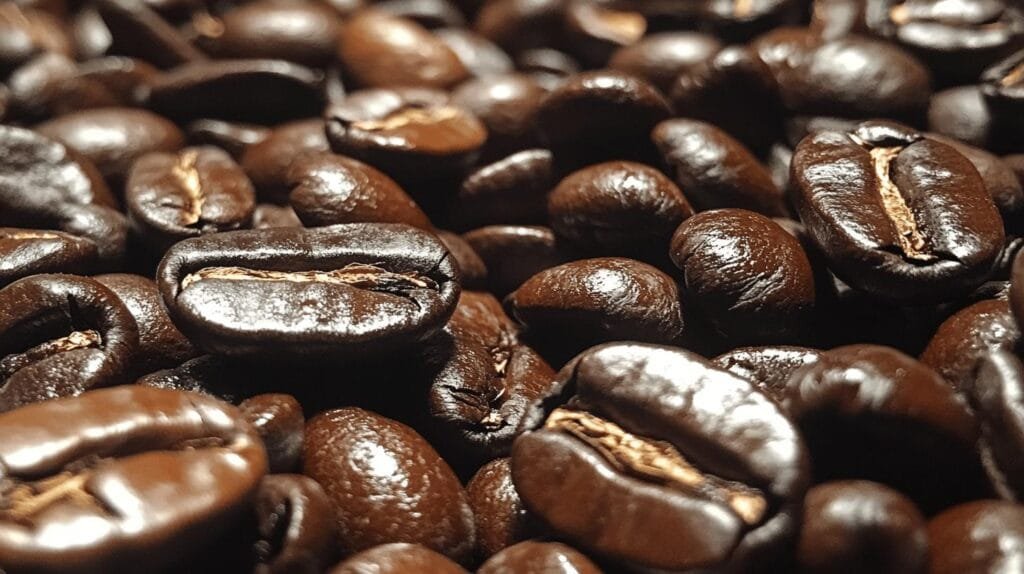
Dark roasts often feature deep flavors like chocolate, nuts, and caramel. They are perfect for espresso and those who enjoy a full-bodied, smoky taste.
Each roast type offers a unique experience. Whether you prefer a light, fruity coffee or a dark, bold cup, understanding the different roasts helps you find your ideal brew.
Explore further to learn about the various roasting methods and how they influence your coffee.
When it comes to the coffee roasting process, the method used can greatly influence the final flavor and aroma of the beans. Two popular methods are Traditional Drum Roasting and Modern Hot Air Roasting. Each has its own unique approach and impact on the coffee.
In traditional drum roasting, coffee beans are placed in a metal cylinder or drum. This drum rotates above a heat source, which can be charcoal, gas, or electricity. The rotation ensures that the beans heat evenly, preventing any from burning or undercooking.
This method is cherished by many for its ability to develop deep, complex flavors. The slow, consistent roasting allows for a rich browning and caramelization of sugars within the beans.
In contrast, modern hot air roasting uses a different technique. Here, hot air is propelled by a blower into a rotating metal cylinder containing the coffee beans. The hot air circulates around the beans, evenly roasting them.
This method is quicker and can be more efficient, especially for large batches. It often results in a cleaner, brighter flavor profile, as the hot air can prevent some of the smokiness that drum roasting might impart.
Both methods have their fans, and the choice often depends on the desired flavor profile and the scale of roasting. Traditional drum roasting is favored for its artisanal touch, while hot air roasting is prized for its efficiency and consistency.

Understanding these methods helps in appreciating the art and science behind your daily cup of coffee. Each technique brings out different qualities in the beans, contributing to the diverse world of coffee flavors and aromas.
Roasting coffee is all about changing green coffee beans into the aromatic, flavorful beans we love. It involves heating the beans to high temperatures, typically between 350°F to 500°F, for about 7 to 20 minutes. This process brings about chemical changes that develop the beans’ flavor, aroma, and color.
The roasting process can be broken down into three main stages:
During roasting, beans undergo significant changes. They expand, their color changes, and they emit a cracking sound, known as the “first crack,” indicating the start of the development stage. A “second crack” can occur for darker roasts, producing a more intense flavor.
Roasting coffee at home can be a fun and rewarding experience. Here’s a simple step-by-step guide:
Gather Your Tools: You’ll need a stove, a roasting pan, and a colander.
Preheat the Pan: Heat your pan on the stove until it’s hot enough to roast the beans evenly.
Add Green Coffee Beans: Spread the beans in an even layer on the pan. Stir constantly to ensure even heating.
Listen for the First Crack: Pay attention to the sound. The first crack will occur around 390°F, signaling that the beans are entering the development stage.
Monitor the Roast: Decide if you want a light, medium, or dark roast. This depends on how long you let the beans roast after the first crack.
Cool the Beans: Once the desired roast level is reached, quickly transfer the beans to a colander. Toss them to cool and remove any chaff.
Store Properly: Once cooled, store the roasted beans in an airtight container to preserve their freshness.
Coffee roasts are categorized into four main types, each offering a distinct flavor profile:
Light Roast: Known for its light brown color and absence of oil on the surface. It has a crisp, acidic taste with subtle sweetness. Examples include Light City and Cinnamon.
Medium Roast: This roast has a balanced body and a medium acidity level. The beans have a non-oily surface, and the roast accentuates the coffee’s original flavors.
Medium-Dark Roast: Characterized by a rich color and a bittersweet aftertaste. The beans might have a slight sheen of oil, indicating a deeper roast.
Dark Roast: These beans are shiny black and have a pronounced bitterness. The roast flavor is more dominant, often with a fuller body.
Each roast level brings out different characteristics in the beans, allowing coffee enthusiasts to choose based on their taste preferences and brewing methods.
By understanding these roasting fundamentals, you can better appreciate the complexity and artistry behind your morning cup.
At Equipoise Coffee, we believe that the coffee roasting process is both an art and a science. Our dedication to quality starts with ethical sourcing. We partner with growers who are as committed to sustainability and quality as we are. This ensures that every cup not only tastes good, but also supports fair practices and environmental care.
We use small-batch roasting to keep each coffee bean fresh and full of flavor. This method lets us concentrate on small amounts, so every batch gets the care it needs to shine. This ensures that each bean achieves its best taste.
What sets us apart is our commitment to creating balanced flavors. We carefully roast each bean to bring out its natural character, resulting in a smooth, rich, and perfectly harmonized cup. Our coffee is known for its smooth flavor, balanced acidity, and lack of bitterness.
Finally, we invite you to explore our range of carefully crafted coffees. Whether you’re a fan of light, medium, or dark roasts, our selection offers something for every palate. Discover the difference our precision roasting and ethical sourcing practices make.
Find your perfect cup with our selection of freshly roasted coffees. Join our community of coffee lovers and taste the Equipoise difference today.

How can brands create a more balanced and memorable customer experience by blending artisanal product quality with thoughtful everyday rituals that keep people coming back?

Independent coffee shops have always been about more than caffeine—they’re hubs of creativity, connection, and care. As café culture continues to evolve, new trends are
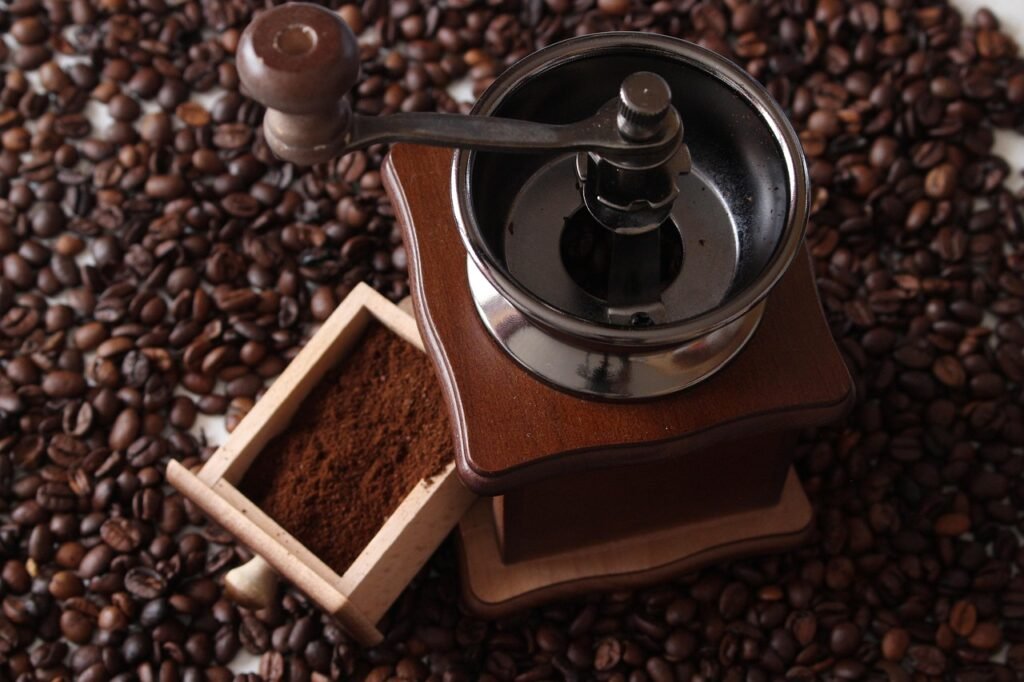
Introduction Independent cafes win when they feel like the neighborhood’s living room and operate with the discipline of a great kitchen. Below is a quick
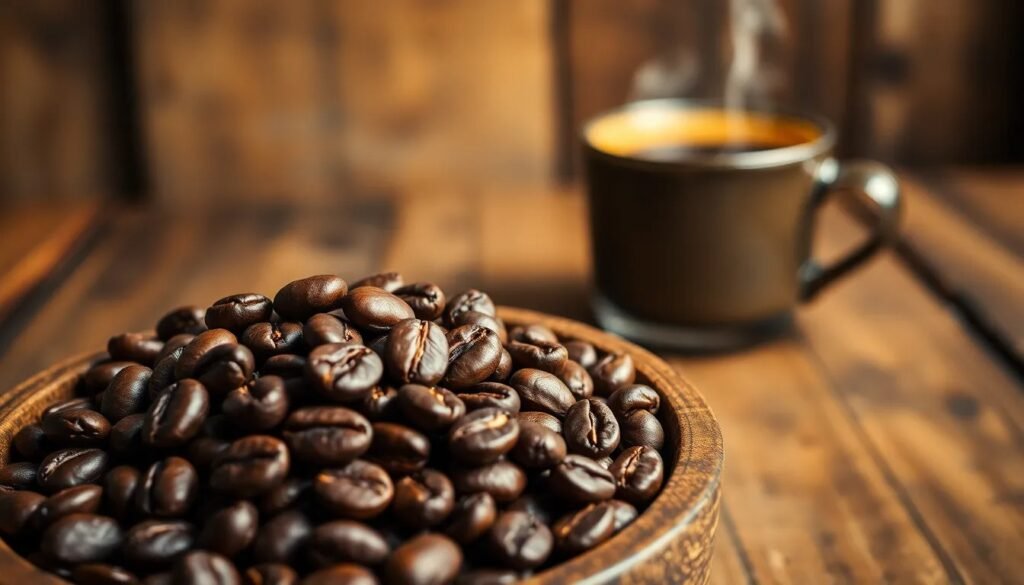
Discover how top specialty coffee brands create lasting loyalty through storytelling, sourcing, and community connection. Real tips from 6 industry experts.

Discover the ultimate showdown between two beloved coffee brewing methods: the French press and Chemex. Explore how each technique caters to distinct palates, with the French press delivering bold flavors and the Chemex presenting a bright, clean taste.

Unlock the secrets to brewing the perfect cup of coffee with our comprehensive guide on using a coffee scale. Discover how precise measurements enhance flavor and consistency while eliminating bitterness.

Discover how water temperature plays a vital role in brewing the perfect cup of coffee. This article delves into the ideal temperature range of 195°F to 205°F for optimal flavor extraction, enhancing the enjoyment of high-quality beans.

Discover the world of curated specialty coffee bundles, perfect for enthusiasts seeking quality and craftsmanship. This article explores the benefits of ethically sourced, small-batch beans from brands like Equipoise Coffee, offering diverse flavor profiles that elevate your brewing experience.

Discover the art of manual brewing to elevate your coffee experience! This article explores various techniques like pour-over, French press, and AeroPress, revealing how they enhance flavor and your connection to every cup.